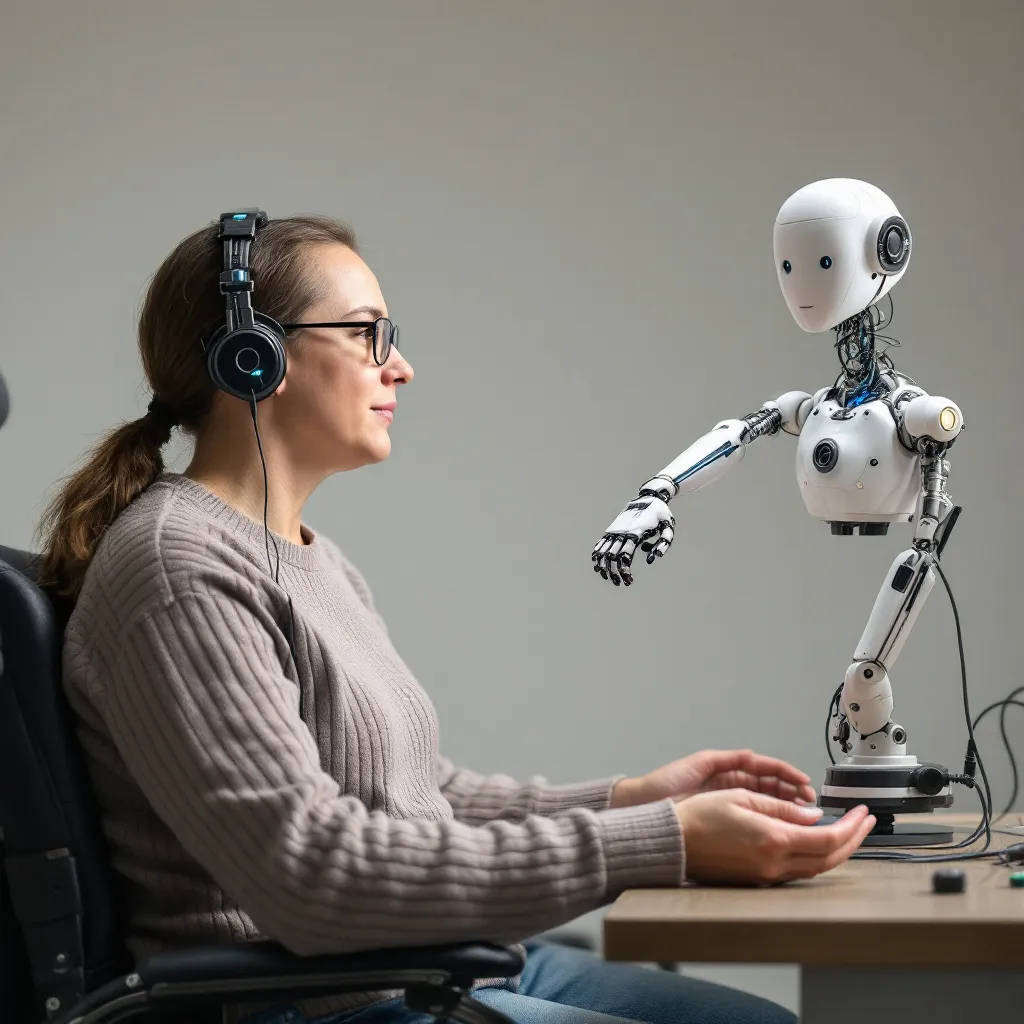Pioneering the Future: Neuralink's Vision
Neuralink stands at the forefront of neurotechnology, aiming to create ultra-high bandwidth brain-machine interfaces to connect humans and computers. Their work represents a bold leap towards a new era of neural interaction.

Key Innovations & Ambitions:
- Revolutionary Electrode Design: Development of ultra-thin, flexible "threads" far finer than human hair, designed to be implanted with minimal damage and record from a large number of neurons.
- Minimally Invasive Implantation: A surgical robot designed for precise and automated implantation of these threads, aiming to make the procedure safer and more accessible.
- Real-Time Data Processing: On-chip signal processing and wireless data transmission to external devices, enabling real-time interpretation and response for dynamic brain-machine integration.
- Restorative & Augmentative Goals: Aiming to restore sensory and motor function, treat neurological disorders (like Parkinson's, epilepsy), and ultimately, explore pathways for human cognitive enhancement.
Restoring Movement: Breakthroughs in Neuroprosthetics
The field of neuroprosthetics has seen remarkable advancements, demonstrating the power of BCIs to restore complex motor functions in individuals with paralysis. The work at UCSF is a shining example.

UCSF's Landmark Achievement:
- Thought-Controlled Prosthetics: Pioneering demonstrations where individuals with severe paralysis have been able to control sophisticated robotic limbs or communication devices solely through their decoded neural signals.
- Decoding Complex Intentions: Advanced algorithms interpret neural activity from the motor cortex to enable precise, multi-dimensional movements of prosthetic limbs or fluid control of cursors for typing.
- Overcoming Challenges: Successfully integrating artificial limbs with the human nervous system requires tackling signal variability, ensuring long-term biocompatibility of implants, and developing intuitive control schemes.
- Inspiring Future Development: Such successes provide crucial proof-of-concept and set benchmarks, fueling further research into more dexterous, sensory-feedback-enabled, and naturalistic neuroprosthetic systems.
Enhancing Daily Life: The Broad Impact of BCIs
Beyond high-profile research, BCI technology is increasingly focused on practical applications that significantly enhance the autonomy, communication, and overall well-being of individuals with disabilities.
Restoring Autonomy
Advanced assistive devices, from BCI-controlled wheelchairs to environmental control systems, empower individuals by enhancing independence in daily tasks and activities.
Empowerment: Advanced interfaces restore self-sufficiency.Enhancing Communication
For those unable to speak or move, BCIs offer new channels for communication, such as controlling on-screen keyboards or speech synthesizers through neural signals.
Improved Interaction: Facilitating more natural communication.Seamless Daily Integration
User-centric designs focus on making interfaces intuitive, reliable, and as unobtrusive as possible, fostering easier integration into everyday life for a broader user base.
User-Centric Design: Interfaces crafted for natural usability.Holistic Well-being
By addressing physical impairments and improving interaction with the world, BCIs contribute to better overall health outcomes and a greater sense of inclusion and well-being.
Holistic Care: Contributing to comprehensive, patient-centered healthcare.